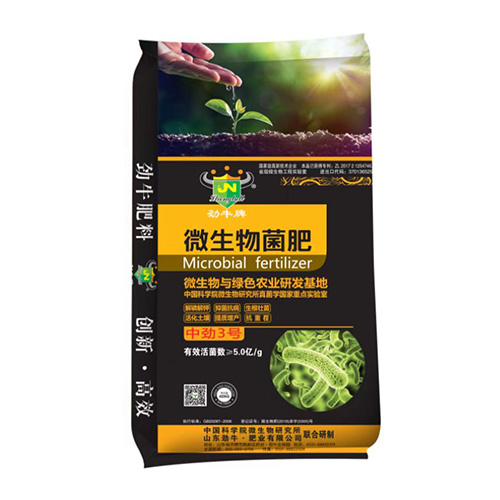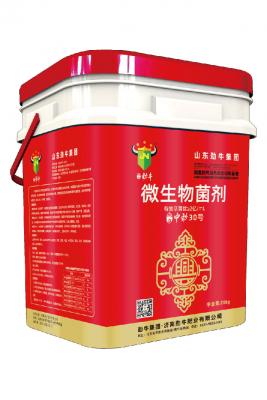About the application of microbial fertilizer in melons
Microbial bacterial fertilizers are very popular in melons. Melon vegetables include cucumbers, pumpkins, winter melons, zucchini, bitter melons and other vegetables of the gourd family, which are harvested as products for young fruits or old ripe fruits. Melon vegetables are vine plants with stems up to several meters long. In the whole growth process of melon vegetables, vegetative growth and reproductive growth are concurrent for a long time. Cucumbers are typical. Especially after entering the fruiting period, there is a prominent contradiction between its growth and the result. In order to regulate the balance between plant growth and nutrient absorption and distribution, the supply of fertilizer needs to be highly valued.

As we all know, the nursery nutrient soil of melon vegetables requires loose texture, good air permeability, adequate nutrition, and pH value in the range of 5.5-7.2. The preparation method refers to the tomato nutrient soil recipe. When preparing the nutrient soil, the addition of 2%-3% of the total amount of superphosphate calcium in the nutrient soil has obvious effect on promoting the root growth of seedlings and cultivating strong seedlings. Before sowing, the seedbed is used to raise seedlings, and the bio-organic fertilizer is applied evenly according to 2 kg per square meter, and the seeds are ploughed and sown after application.
The root system of cucumber is not deep, and it is mainly distributed in the cultivated layer of 15-25 cm. The root system has poor salt tolerance and should not apply a large amount of chemical fertilizer at one time. Cucumbers have a large demand for nitrogen, phosphorus, potassium and other nutrients, and the absorption rate is fast. Therefore, the large application of bio-organic fertilizer is the basis for the high-yield cultivation of cucumbers. Generally, 250-300 kg of bio-organic fertilizer is applied per mu. According to the distribution characteristics of cucumber root system and the law of fertilizer demand, the amount of fertilizer topdressing should not be too large each time, the number of topdressing should be more, and the principle of "eating less and eating more meals" should be mastered. The first topdressing is carried out at the beginning of melon formation, and 20-40 kg of bio-organic fertilizer, 3-5 kg of urea, and 5-8 kg of potassium sulfate are applied per mu. Secondary topdressing is carried out in the early stage of melon filling, and the interval between each topdressing should be shortened and combined with irrigation. The topdressing before the three times is the same, and then halved each time. At the peak of the melon, 0.5% urea and 0.3%-0.5% aqueous potassium dihydrogen phosphate can be sprayed foliar.



